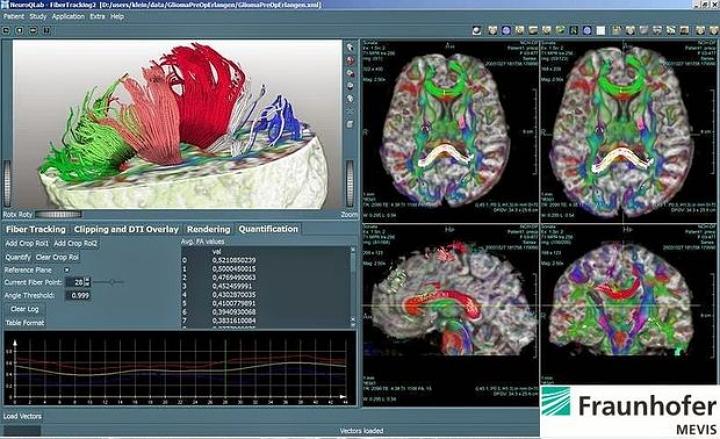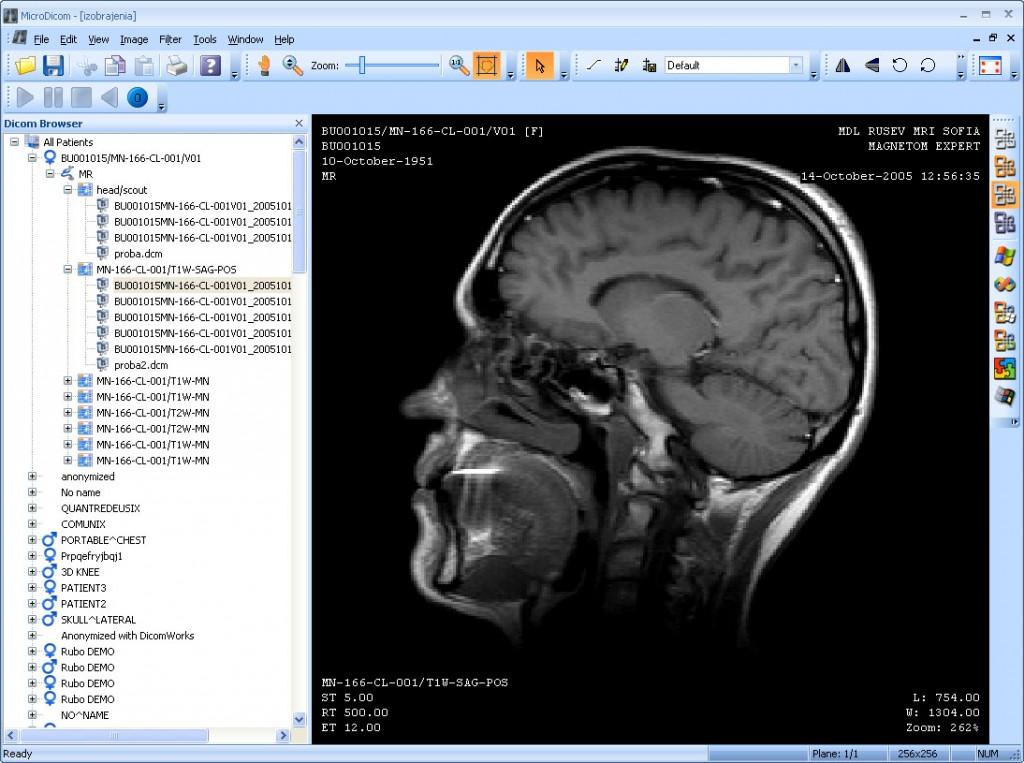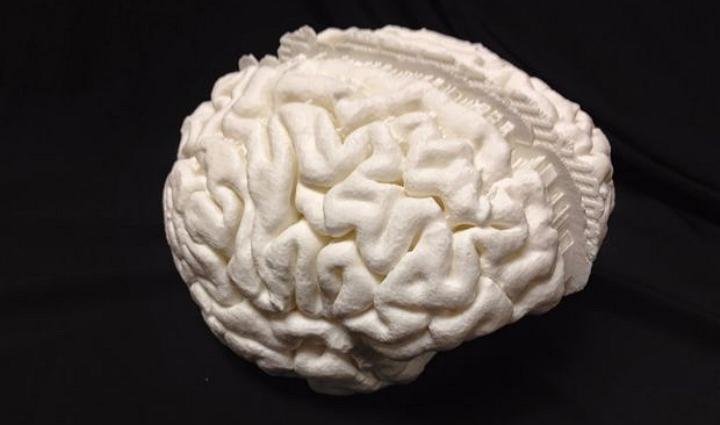 Tyson James is a civil engineering student who is dedicated to teaching people the intricacies of 3D printing at Brigham Young University’s Harold B. Lee Library and encourages students to utilize the technology.
Tyson James is a civil engineering student who is dedicated to teaching people the intricacies of 3D printing at Brigham Young University’s Harold B. Lee Library and encourages students to utilize the technology.
“There is much more meaning and joy found by creating your own items,” James says. “I think it is essential for people to have 3D printing experience.”
James says it all began when his wanderlust led him to leave his job for an internship in Shanghai, China, and following a bit of luck, he found his new job which lets him teach people about 3D printing. Since 2013, he’s spent about 15 hours a week at work–and a good share of his free time–at the library, which allows public access to a 3D printer. James says the printer at the library is busy “almost 24/7,” and he adds that the purchase of a second printer is in the offing.
According to James, he’s assisted in hundreds of projects including printing out blood cells, NASA model rockets, orthodontic retainer molds, architectural pieces, prototypes for businesses, model train parts, and even cookie cutters.
He also writes a blog, 3D Printing Ninja, aimed at promoting the idea of open source software and the free exchange of ideas and knowledge which he hopes will serve as a source of 3D printing information.
One of his recent projects is an Instructable which demonstrates how users can take MRI data and 3D print it, all with free software like OsiriX, InVesalius, 3D Slicer, Seg3D, and ImageVis3D to work with the MRI data, and MeshLab, Netfabb, and MeshMixer for the 3D modeling.
James says the first step in the process is obtaining the MRI data in the form of a DICOM (.dcm) file from your  doctor, or failing that, find the data from a free online source such as NBIA.
doctor, or failing that, find the data from a free online source such as NBIA.
Next up on the agenda is to open the DICOM file and then use one of the software packages he lists to limit the view to areas to be printed. Once the model view has been selected, James says it must then be converted to the .stl file format. He says that it’s very likely that users will need to spend some time fixing “non-manifold errors” like holes and separate parts. He recommends uploading the model into the netfabb Cloud or using Meshlab.
He then recommends that a user choose a side for which the supports will be printed on, and he says it’s probably a good idea to select the side which is least important to the final appearance of the print. It’s then a matter of orienting, scaling, splitting, and adding a raft before final printing.
“It should be noted that these models are often complex and can take days to print, so make sure you are not on a deadline to have it printed,” James says. “Also note that it may take a couple of hours for this model to slice alone.”
 If you want to check out his project and try printing out a model from MRI data yourself, you can see the whole post on Instructables. Do you think you’ll take on the job of printing a project based on medical imaging data? Let us know in the How to 3D Print from MRI Data forum thread on 3DPB.com.
If you want to check out his project and try printing out a model from MRI data yourself, you can see the whole post on Instructables. Do you think you’ll take on the job of printing a project based on medical imaging data? Let us know in the How to 3D Print from MRI Data forum thread on 3DPB.com.

Subscribe to Our Email Newsletter
Stay up-to-date on all the latest news from the 3D printing industry and receive information and offers from third party vendors.
You May Also Like
HILOS Launches Studio OS for AI-Driven 3D Printed Shoe Design
At Milan Design Week, footwear 3D printing startup HILOS has unveiled its latest development, Studio OS. Introduced at the historical Villa Bagatti Valsecchi, the platform is meant to redefine how...
3D Printing Webinar and Event Roundup: April 28, 2024
In this week’s 3D Printing Webinar and Event Roundup, the Ceramics Expo is taking place in Michigan, Stratasys continues its advanced training courses, and SPE is holding a Polymer Characterization...
Initial Speakers and Sponsors Announced for Additive Manufacturing Strategies 2025
Nearly a year away from the event, the Additive Manufacturing Strategies (AMS) 2025 conference is already beginning to take shape. Building upon the success of 2024’s summit, AMS has established...
HP & INDO-MIM Collaborate to Boost Metal 3D Printing in India
HP Inc. and INDO-MIM, a US- and India-based supplier of metal injection molding (MIM) powders and contract manufacturer, have announced that the two companies will collaborate to accelerate additive manufacturing...
































